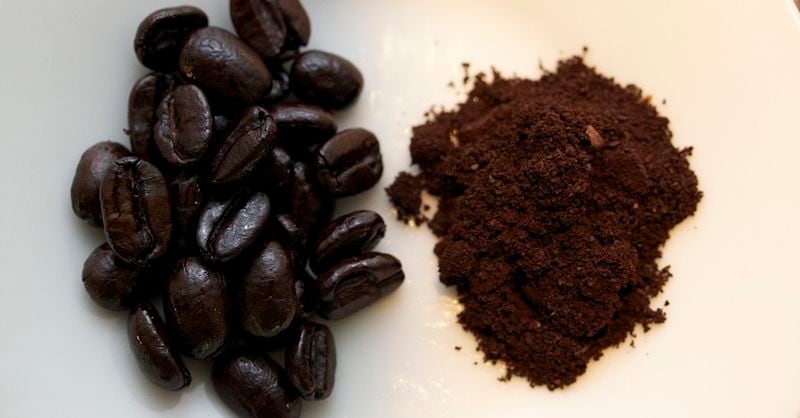Even if you avidly follow As Seen on TV home product ads or have a you-could-eat-off-the-floor cleaning technique mentor, you've probably already concluded that cleaning is an imperfect science.
Some stuff (here's looking at you, shower tiles and window air conditioners) never seems to come clean in the first place. Other objects return to their naturally grimy selves seemingly seconds after you dusted, mopped or sprayed (yes, like kitchen floors and computer keyboards).
Weary resignation is one solution, but a superior alternative is education. Because what feels like the inevitable could just be your belief in certain cleaning myths. There are more, but these are five of the top cleaning strategies that secretly make no sense, according to the national Merry Maid franchise, the EPA and other experts. Each myth is followed by a helpful tip on what to do instead:
Cleaning myth No. 1: Newspaper works the best for cleaning glass.
While it's a natural tendency to think, "It worked for my grandma and it will work for me," back in her day newsprint included more ammonia. Also, wet newspaper tears easily, and the ink can transfer to window trim, leaving more to clean, according to Consumer Reports.
What to do instead: "We use microfiber cloths to clean glass," Debra Johnson, home cleaning expert for the national Merry Maids franchise told Consumer Reports. "They're the best at cleaning without streaking."
Cleaning myth No. 2: Coffee grounds freshen garbage disposals.
Grounds from your morning brew may act as a mild abrasive and get a little of the gunk off the disposal blades, Derek Christian, owner of My Maid Service, a home-cleaning service in Ohio and Texas, told Consumer Reports. But it doesn't really improve the smell.
What to do instead: To freshen up the garbage disposal, the My Maid Service expert turns to baking soda. "It's a better choice," he said. "It's also mildly abrasive, and because it's a base, it will counteract all the smelly acids that we put down the drain."
Better still, avoid the smells in the first place by tossing the stringy, fibrous and starchy foods that your disposer can't grind properly into the garbage or compost instead. "Oils and fats solidify and can choke drains," CR added. "So collect the fat in a jar, let it congeal, then throw it away."
Two other ways way to avoid the clogs that lead to smells come from Roto-Rooter: Use the disposal as you go instead of waiting until it's full, and ask weekend guests to wait 10 minutes between showers so the slowest drains have time to clear.
Cleaning myth No. 3: To remove a stain, you treat the front of the fabric.
Actually, you're just rubbing the stain into the fabric, according to Woman's Day.
Do this instead: Treat the stain from the back, pushing it away from the fabric, WD recommended, basing the advice on suggestions from the Whirlpool Institute of Fabric Science.
Another way to increase your stain-lifting ability is to challenge the common misconception that it's okay to combine bleach and detergent at the start of a load of whites. According to WIFS, the detergent counteracts the bleach, so you should add it in the last 5 minutes of the wash cycle instead. That way, it can work alone.
Cleaning myth No. 4: String mops are the best for removing dirt and bacteria.
Sure, those hefty white string mops look like something the pros (or conscientious deckhands) would use, but according to studies, they're only most effective when you need to clean a big spill.
What to do instead: Studies have shown that microfiber mops are about 20 percent more effective at removing dirt and bacteria, according to Christian. "If you want to make sure you're not leaving anything behind on the floor, use a microfiber mop."
Cleaning myth No. 5: Laundry bleach is the best product for removing mold and mildew and keeping it from coming back.
The Family Handyman cited EPA research that compared 12 over-the-counter cleaning products with diluted household bleach in debunking this myth. It noted that diluted bleach scored the worst on unpainted drywall and only a bit better on painted drywall.
What to do instead: use the product that came out on top in the EPA study −full-strength Lysol All-Purpose Cleaner Orange.






